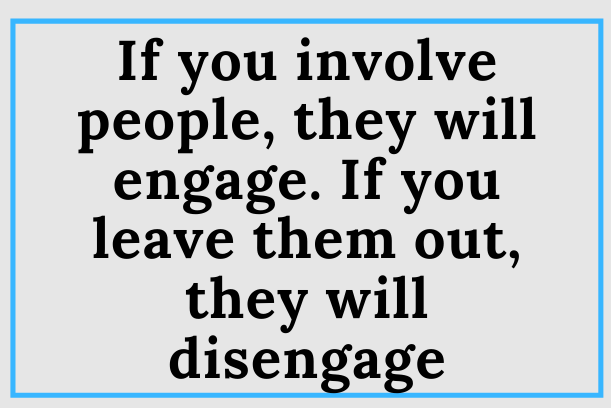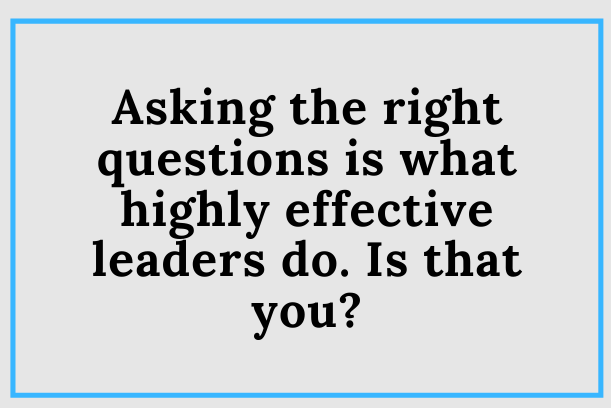Nov14

In the realm of sustainability policies, it’s time to address the stellar work accomplished so far—particularly for the external consultants and ESG dashboard creators! We've witnessed a sudden influx of consultants embracing the "green" label in the last two years. Truth be told, we seem to have more reports than trees, and that, to me, doesn't signify sustainability. In fact, the sheer volume of paperwork produced might warrant a new category of CO2 emissions.
Amidst this flurry of advice reports, PowerPoints, and PowerBI ESG analyses, we seem to have forgotten a crucial point: these reports don’t reduce a single drop of CO2. While we meticulously measure our ESG Footprint, is there actual action behind these metrics? Research from Heidrick & Struggles reveals that 51% of directors hire external consultants for sustainability advice. Link
What's more, a staggering 62% of directors admit they're too swamped to actually read these reports. What a surprise! It seems we’re spending more time hiring sustainability advisors than actively pursuing sustainability. So, let's tear up those reports, send those consultants home, and take direct action.
Maybe I'm oversimplifying, but who knows? Perhaps in doing so, we can save the world and a hefty sum—funds otherwise squandered on reports and meetings. A win-win scenario, especially concerning government funds. Efficient allocation of public resources.
It’s time to shift the focus from endless reports to concrete action. Many
researchers are still engrossed in mapping specific emission categories and selecting the best sustainable energy forms for the future. We're so delayed in taking action that all resources must now be dedicated to reducing harmful emissions and preserving biodiversity. It's imperative to prioritize.
Transition massively to electricity as the primary energy source instead of hydrocarbons. While not all power generation is sustainable yet, even less sustainable forms can be made highly efficient. Plus, separating generation from consumption means transitioning from gas to wind energy requires no consumption adjustments. The challenge lies in resolving network congestion—practically, laying more cables underground and maximizing available capacity.
Shift building heating systems away from natural gas. Develop sustainable maintenance plans emphasizing measures like investing in solar panels to reduce electricity demand.
Promote sustainable behaviors among individuals, advocating for LED lighting, solar water heaters, heat pumps, and insulation.
Invest in sustainability education to empower experts capable of guiding businesses and individuals toward sustainable choices as independent advisors.
Facilitate transparent data exchange concerning energy supply and demand (heat, electricity, hydrogen, etc.) publicly. This enables better local alignment of supply and demand, allowing companies to share energy surplus with neighbors and coordinate energy consumption and production within neighborhoods, easing the strain on the grid.
Nearly 50% of CO2 emissions from transportation stem from regular cars (link to report) (only 9% from flying) Encourage the use of public transportation and cycling, ensuring an adequate number of charging stations and promoting the use of electric vehicles.
Support investments in sustainable energy, as these ventures demand significant capital but promise reliable, long-term returns. Facilitating collaborations like energy cooperatives allows residents, users, and co-owners to benefit not just in energy but also in returns on their investment.
Lastly, measure progress efficiently. Use reporting as an instrument for steering rather than an end goal. While there's still low-hanging fruit to be addressed, reporting should remain relatively straightforward. Understanding your footprint is crucial in crafting an effective reduction strategy. Particularly in scope 3, this approach holds relevance. Automating the dashboard should be the aim, allowing sustainability experts to focus on reduction rather than reporting.
In summary, action should precede reports. Sustainable transformation doesn’t stem from Excel sheets; it demands tangible actions. Let's focus on doing rather than fixating on the most ideal PowerBI dashboards. Becoming sustainable requires genuine action—one that cannot be orchestrated solely from an Excel file
Keywords: Digital Transformation, Renewable Energy, Sustainability
 How To Engage With Others
How To Engage With Others Friday’s Change Reflection Quote - Leadership of Change - Deference Ends Where Change Leaders Begin
Friday’s Change Reflection Quote - Leadership of Change - Deference Ends Where Change Leaders Begin The Corix Partners Friday Reading List - July 4, 2025
The Corix Partners Friday Reading List - July 4, 2025 Innovating Local Governments with Govtech: Insights from Amanda Renteria, CEO, Code for America
Innovating Local Governments with Govtech: Insights from Amanda Renteria, CEO, Code for America Do You Ask Your People The Right Questions?
Do You Ask Your People The Right Questions?